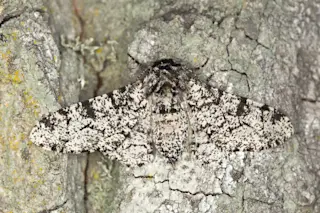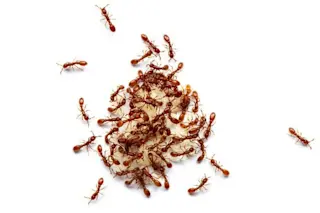Your typical peppered moth. (Henrik Larsson/Shutterstock) The peppered moth is a poster species for evolution by natural selection. The typical peppered moth, Biston betularia, is white with black speckles, a color scheme that helps it hide from predators on light-colored tree bark. But during the Industrial Revolution in the United Kingdom, coal-fired factories caked buildings and trees in black soot. In 1848 the first entirely black peppered moth was identified, and by 1895, nearly 98 percent of peppered moths observed in Manchester were the black form, known as carbonaria. Darker moths, the thinking goes, were hidden from hungry birds in a blackened industrial landscape, and it was the black moths that lived to pass on their genes — natural selection in action. Now, scientists from the University of Liverpool have pinpointed and dated the genetic mutation that caused peppered moths to join the dark side, adding a new wrinkle to ...
'Jumping Gene' Painted the Peppered Moth Black
Discover how the peppered moth evolution showcases natural selection post-Industrial Revolution and the role of genetic mutations.
More on Discover
Stay Curious
SubscribeTo The Magazine
Save up to 40% off the cover price when you subscribe to Discover magazine.
Subscribe













